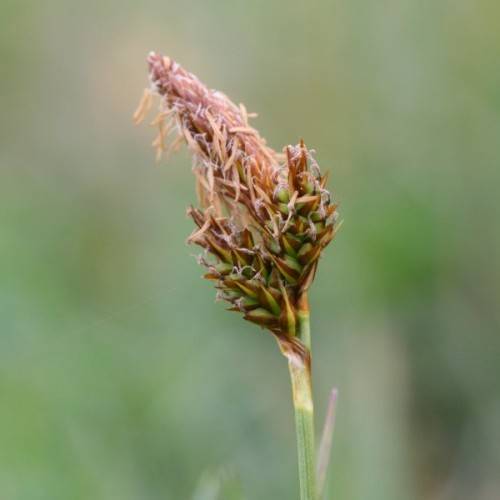
Spring Sedge
Carex caryophyllea var. caryophyllea
Watering:
Frequent
Hardiness Zone:
Sun:
full sun,part shade
Leaf:
Yes
Growth Rate:
Low
Salt Tolerant:
Yes
Invasive:
Yes
Care Level:
Medium
watering
Capitate Sedge (Carex capitata) should be watered twice per week until it is established, then once a week. Each watering should provide enough to wet the soil to a depth of around 10 cm. During the warmer months, water more frequently and ensure the soil remains moist. During the winter months, it should be watered less frequently, but not allowed to dry out completely.
sunlight
Capitate Sedge (Carex capitata) is a species of flowering plant in the sedge family that needs plenty of sun in order to thrive. This plant thrives best when exposed to direct sunlight for at least 6-8 hours a day. However, afternoon or early evening full sun is best as the plant can take on too much heat during midday sun in some climates. Additionally, the plant will still grow in partial shade, but it will not reach the same size as it would in full sun. Good air circulation should also be provided to help prevent the leaves from developing fungal disease.
pruning
Capitate Sedge should be pruned twice a year in early spring and late fall. For spring pruning, remove all dead foliage and branches. Cut back any overly tall or weak growth to create a shapely and balanced structure. Make all cuts close to the base of the plant. For fall pruning, remove any dead foliage, dying flowers, and faded seed headsto encourage fresh, new foliage and flowers in the spring. When pruning, avoid removing more than ⅓ of the plant at any 1 time. The newly cut ends of the stems and branches can be lightly trimmed with a pair of shears.
